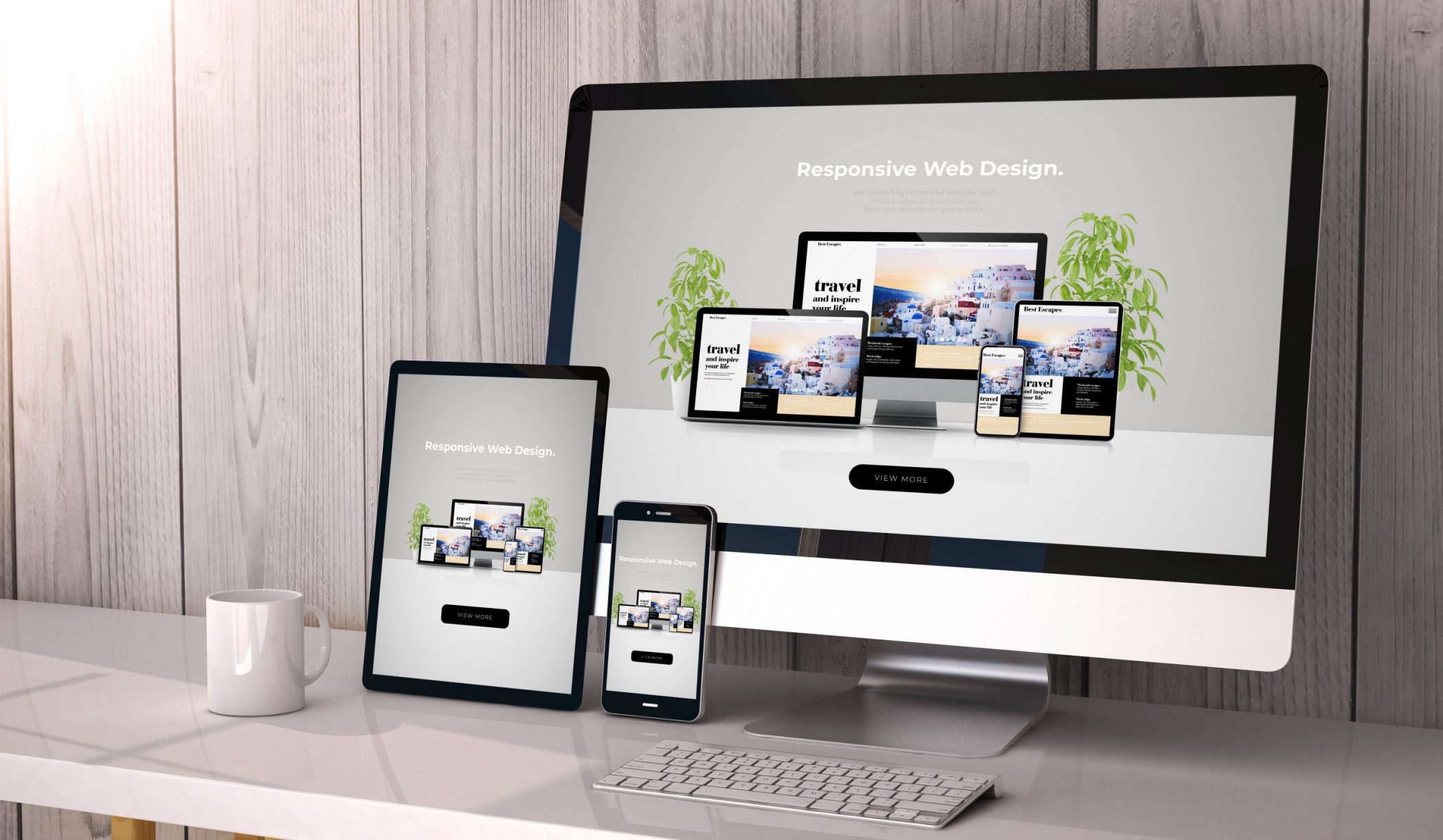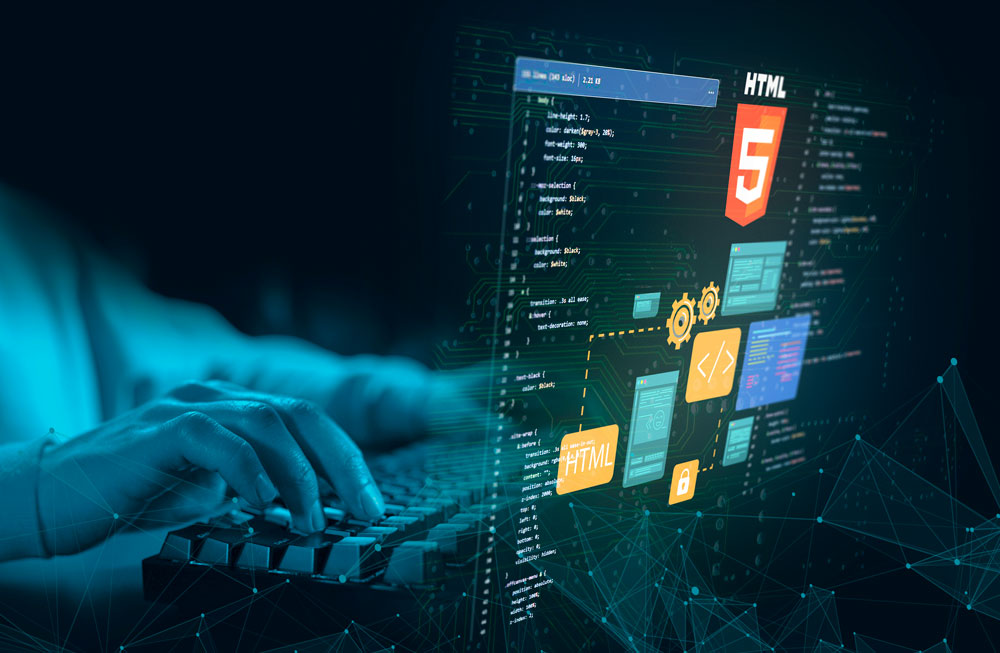The Very Best Kinds Of Web Layout to Boost User Experience and Involvement
In the ever-evolving landscape of digital interaction, the performance of Web design dramatically impacts user experience and interaction. Numerous layout methods, such as minimal, responsive, and interactive designs, each deal unique advantages that can accommodate varied individual needs. Recognizing which types of Web design finest offer these purposes can be critical for services aiming to boost customer fulfillment and retention. Nonetheless, the question stays: which style components truly resonate with individuals and foster significant involvement? The expedition of these concepts reveals crucial understandings that may redefine your strategy to Web layout.
Minimal Website Design
As electronic landscapes become significantly chaotic, minimal Web style has arised as an effective strategy to enhancing individual experience. This design ideology focuses on simpleness, concentrating on necessary aspects while eliminating unneeded distractions. By using sufficient white space, uncomplicated navigating, and a minimal shade palette, minimalist design cultivates clearness and guides customer attention to essential content.
The core principle of minimal website design is to produce a seamless communication for individuals. By decreasing cognitive load, customers can swiftly grasp info without really feeling overwhelmed. This straight method not only enhances usability however additionally urges involvement, as visitors are more probable to explore a website that is visually enticing and easy to browse.
In addition, minimal style typically stresses typography and images, using these aspects strategically to convey messages successfully. In significance, minimal Web style is not just a fad; it is a thoughtful approach that acknowledges the value of user-centered style.
Responsive Website Design
In today's diverse digital atmosphere, receptive Web layout has actually ended up being crucial for developing a seamless customer experience throughout a plethora of tools. As customers accessibility websites on smartphones, desktops, tablets, and laptop computers, the capacity of a website to adjust its layout and material to different screen dimensions and resolutions is crucial.
Responsive Web layout utilizes versatile grids, images, and CSS media queries to ensure that Web material exists optimally, no matter the tool used. This technique not only boosts the aesthetic allure of a site however also dramatically boosts functionality. Customers are most likely to involve with a site that uses a consistent experience, as it removes the irritation of needing to focus or scroll excessively.
Moreover, online search engine, including Google, prioritize mobile-friendly websites in search positions. By embracing receptive style, businesses can enhance their presence and reach a broader audience. This approach likewise streamlines internet site maintenance, as a solitary version of the site can accommodate all tools, reducing the demand for multiple variations. In recap, responsive Web design is a basic practice that improves customer experience, interaction, and total satisfaction.
Interactive Web Design
Receptive Web design prepares for boosting customer experience, but interactive website design takes this an action further by engaging individuals in an extra vibrant way - Aligned Position Web Design. By integrating components Look At This such as computer animations, clickable models, and real-time feedback, interactive Web design astounds users, drawing them into a richer browsing experience
This approach not only promotes interaction yet additionally urges customers to explore content actively rather than passively consuming it. Methods such as gamification, where users make benefits for finishing tasks, can substantially boost the moment spent on a website and boost overall satisfaction. Interactive functions can simplify complex information, making it more digestible and enjoyable.

Integrating interactive style elements can additionally lead to greater conversion prices, as individuals are extra likely to involve with a site that actively includes them. Aligned Position Web Design. Inevitably, interactive Web style changes user experiences into unforgettable trips, ensuring that visitors return time after time
Flat Layout
Identified by its minimalistic method, flat layout highlights simplicity and functionality, removing unnecessary elements and concentrating on important features. This style viewpoint focuses on use, ensuring that customers can browse interfaces easily and effectiveness. By utilizing a clean aesthetic, flat style eliminates the mess frequently found in much more elaborate styles, thus enhancing user concentrate on web content and performance.
The characteristic of flat design depends on its usage of strong colors, straightforward typography, and geometric forms. These components add to a visually appealing user interface that is both contemporary and friendly. Additionally, level style fosters a feeling of clearness, allowing customers to determine important actions and details without diversion.
Additionally, level design is especially reliable in responsive Web style, as its simplicity converts well across various gadgets and display dimensions. By focusing on essential functions, level layout not just satisfies user requirements however additionally encourages seamless interaction, making it a crucial part of reliable Web layout strategies.
Adaptive Web Design
Adaptive Web design personalizes the individual experience by developing numerous dealt with formats customized to different display dimensions and tools. Unlike receptive layout, which fluidly readjusts a solitary format, adaptive style utilizes unique designs for certain breakpoints, making sure ideal presentation on various platforms. This method allows designers to concentrate on the unique characteristics of each tool, boosting use by providing exactly what individuals need based upon their context.
Among the key benefits of flexible website design is its ability to maximize lots times and efficiency. By serving tailored web content and photos that fit the individual's gadget, sites can reduce data usage and boost loading speeds. This is particularly advantageous for users with slower helpful site connections or restricted data plans.

In addition, adaptive style facilitates an extra controlled and consistent branding experience. Given that designers produce several formats, they can make certain that the visual elements align with the brand's identification throughout different systems - Aligned Position Web Design. This causes a natural customer experience, improving involvement and promoting individual retention
Conclusion
In final thought, the integration of minimalist, receptive, and interactive Web layout concepts substantially enhances user experience and engagement. Minimalist design fosters clarity and focus, while responsive style makes sure versatility across numerous tools, advertising ease of access. Interactive layout astounds individuals with dynamic elements, encouraging exploration and customization. Collectively, these design comes close to add to the development of straightforward settings that not just boost contentment however likewise drive higher conversion rates, underscoring try this site their vital importance in contemporary website design strategies.

Minimalist layout fosters clarity and focus, while receptive design guarantees flexibility throughout different devices, advertising accessibility. Jointly, these style comes close to contribute to the development of user-friendly settings that not just improve complete satisfaction however likewise drive higher conversion rates, underscoring their crucial value in modern Web style techniques.